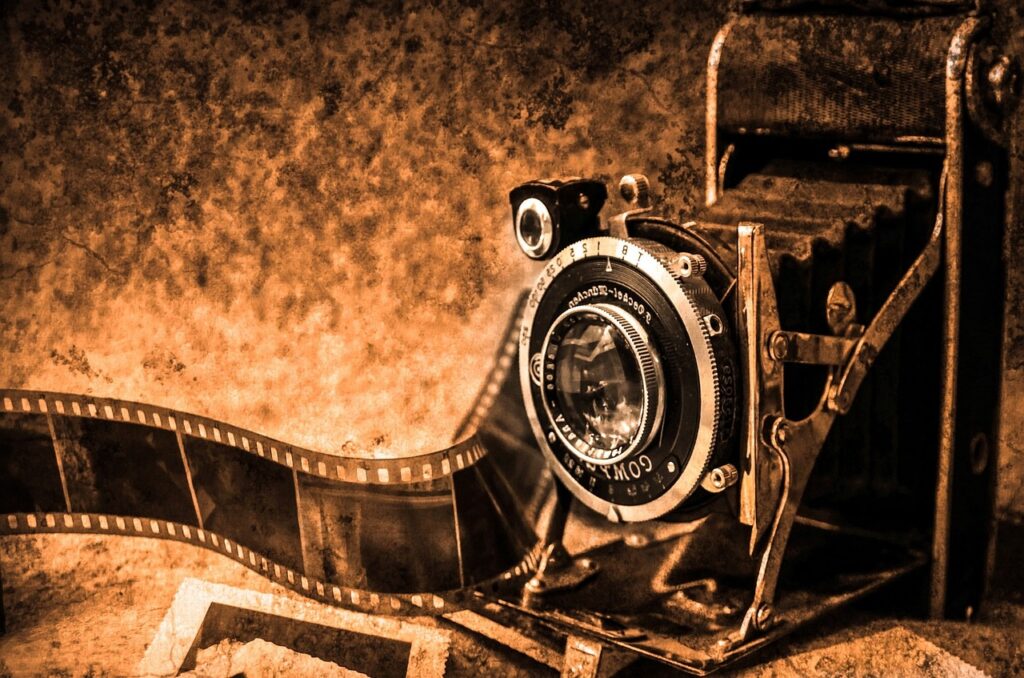


iconic film directors and their signature styles
In terms of its process and its potential, film is one of the most elaborate mediums of art that exist. The cinematic language is so vast that it has given itself readily to the adaptation of so-called ‘unadaptable’ sources. Filmmakers have so many threads to manipulate in order to twist the way a movie feels to the audience. Great filmmakers have always been known to develop a personal touch in the way they handle these elements — signature styles that go on to define their work.
The most prodigal film directors have solidified unique visual trademarks in pop culture by employing distinct visual techniques throughout their careers. These visual signatures go on to become synonymous with their name. Visual trademarks can range from preference to certain techniques to catchy shot compositions that repeat themselves throughout their filmography. Let’s check out some famous visual trademarks of movie directors — how many of them do you recognize?
Zack Snyder is a unique visual director with a flair for the dramatic. That’s why many of his stories are adapted from comics, as it’s a medium where everything is life and death, where action is as bombastic as possible. The director loves using CGI, and his films have some artificial, intense colors that also contribute to his unique style. Yet his most famous (and at times infamous) stylistic trademark is his use of slow motion.


Why It’s a Visual Trademark
The director has used slow-motion shots in almost all of his films, with Man of Steel being the sole exception, increasing them as his career has evolved. Snyder loves this kind of shot as they can underline a dramatic moment, signaling to audiences how important that moment of the story will be. Using this visual resource also helps in creating a unique, spectacular look. The director says he’ll know intuitively if something should be slow-motion and shoots it with the actors and the appropriate camera, never slowing things in post-production.

Like Quentin Tarantino, Paul Thomas Anderson has seen everything and has borrowed everything to create his unique style. His movies have a lot of characters and stories about grief, and he uses actors in roles they’ve never played before (like Tom Cruise in Magnolia). Visually, Anderson was influenced by films like The Earring of Madame De… (Max Ophuls), and I Am Cuba (Mikhail Kalatozov), who also loved their long takes to be as unique and stylized as possible and has made them part of his style as a filmmaker.
Movies usually have short takes, where characters do or say something, before the editing moves to the next shot, but some directors love to create long, intricate shots where everything has to be perfect, and that need a bigger collaboration between actors and the camera operator. Those long, stylized takes help present a whole situation and group of characters and show how fast an environment it. It can also be used for tension as he holds on to certain static shots for long periods of time to create a sense of dread as the audience realizes the camera should cut at some point. This has made Paul Thomas Anderson one of the best directors working today.

